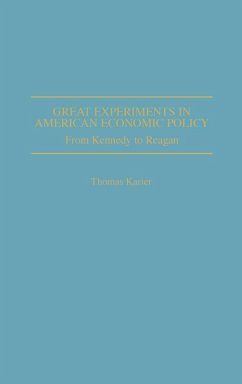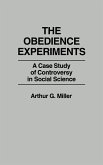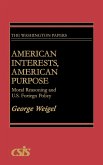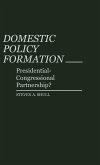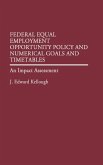During the 1980s, dramatic changes in the federal budget, the Federal Reserve, and the U.S. Treasury initiated the most comprehensive series of economic experiments since the 1930s. This book describes the nature of those experiments and compares them to the Keynesian experiment of the 1960s. In the 1980s, monetarists claimed their policies would permanently subdue inflation and unemployment; supply-siders said their tax cuts would give the economy new life with accelerated growth and a balanced budget; and free floaters promised unprecedented stability in international markets. Actual results fell far short of these promises. This book analyzes why the economic events of the 1980s unfolded as they did and what bearing the results have on the future of economics and the U.S. economy. During the 1980s, dramatic changes in the federal budget, the Federal Reserve, and the U.S. Treasury initiated the most comprehensive series of economic experiments since the 1930s. This book describes the nature of those experiments and compares them to the Keynesian experiment of the 1960s. The promises that the economic experimenters made in the 1980s were bold and confident: monetarists claimed their policies would permanently subdue inflation and unemployment; supply-siders said their tax cuts would give the economy new life with accelerated growth and a balanced budget; and free floaters promised unprecedented stability in international markets. Actual results fell far short of these ambitious promises. At first the economists denied that their experiments had failed, but when they were faced with overwhelmingly negative results that were impossible to ignore, they blamed each other for the failure. After beginning the decade as a united front against liberalism, the monetarists, suppply-siders, and free floaters ended the decade hopelessly divided. This book sorts out the actual occurrences of the 1980s. It analyzes why events unfolded as they did, what bearing the results have on the future of economics and the U.S. economy, what can be explained, and what mysteries remain.

